Online shopping has become one of the most popular activities in the digital world. E-commerce has been booming as a result.
Since the beginning of COVID-19, 36 percent of consumers shop online weekly. 8 percent higher than 28 percent pre-pandemic, according to new data from Digital Commerce 360.
The data also shows that 29 percent of the consumers say they currently shop more online than in actual stores, while 35 percent shop through a mix of online and in-store shopping. In terms of pick up options, the survey shows that 64 percent of shoppers want mobile and contactless. 79 percent of consumers even say that having a contactless store pickup option is very important.
What’s more convenient for 90 percent of consumers is home delivery rather than a store visit and in ways of communication, 80 percent are more likely to use digital communications with store associates. Which leads some store owners to increase only 28 percent in their in-store shopping between August 2020 and February 2021.
In the same survey, when asked whether they will continue shopping online when the coronavirus subsides, 28 percent say that after the pandemic they will mostly shop online with 39 percent saying they will shop online and in-store. 24 percent of the respondents say they can’t wait to go to an actual store and shop. And 10 percent said they are still not sure.
The total value of global e-commerce sales in 2019 amounted to US$3.53 trillion. That was 14.1% of the total retail sales worldwide. The projection is that e-commerce sales worldwide will reach US$6.54 trillion by 2023.
In the US alone, e-commerce sales revenue in 2019 amounted to US$356,424 million. With 246.9 million users, the average revenue per user in the US in 2019 amounted to US$1443.88.
As for 2020, the United Nations Conference on Trade and Development director of technology and logistics Shamika Sirimanne said that “The coronavirus crisis has accelerated the uptake of digital solutions, tools and, services, but the overall impact on the value of e-commerce in 2020 is still hard to predict.”
Use the Crisis as an Opportunity: Start an E-commerce Business

As the world goes through an unprecedented crisis in 2020, e-commerce has emerged to be more feasible than any other form of business. We can go a step further and say that e-commerce is almost the only form of business that’s holding up.
The pandemic even accelerated the consumer’s shift toward e-commerce by five years according to new data from IBM. E-commerce shifting was happening even before the pandemic and it was the biggest trend that happened during the crisis. In the US alone, retail e-commerce was up 44.5 percent YoY in Q2. Also in Q2, Walmart’s e-commerce sales were up 97 percent YoY and Target grew its same-day fulfillment services by 273 percent.
Even after adjusting growth forecasts to the impact of the current pandemic, the forecast for e-commerce in the US is a compound annual growth rate (CAGR) of 6.1% until 2024.
The total sales value of e-commerce in 2024 is projected to be US$ 493,071 million by 2024, after adjusting the pandemic impact.
An entrepreneur with drive can use the current crisis as an opportunity and start an e-commerce online business right now.
The tips we present will help you take the plunge. And, be successful.
Remember Step Zero
A website, riveting products display, customer service to leave your customers with their jaws open … These are the images that come to mind.
All of these are important. However, there’s a step before all of that. That’s what we call step zero. Within that, we include the following:
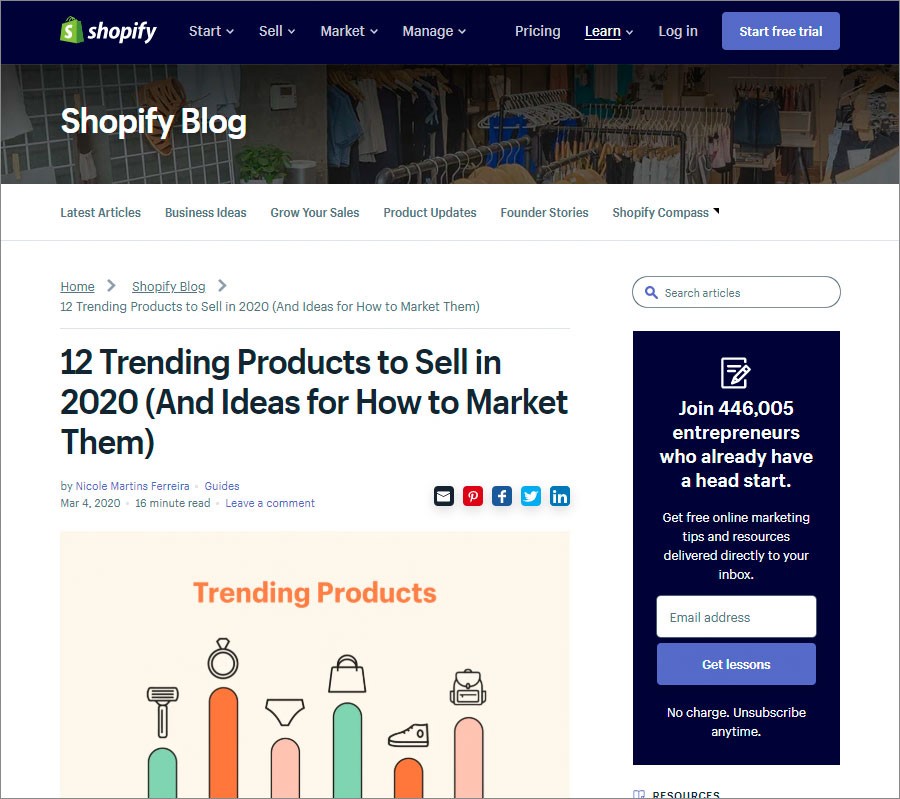
- Decide on what you want to sell. If you already know, fair enough. Then you start a step ahead. If you don’t, then remember the following:
- Do your internet research to check what is selling at the moment. Home wellness equipment, for instance, is sought after as gyms stay shut.
Everything that is mobility-dependent – fashion accessories, cameras, luggage, and so on – has little demand right now.
Use social media platforms and social selling sites to get an idea about which products and/or services to focus on.
-
- One of the smartest ideas to launch an e-commerce business amid the crisis could be to offer a service you can provide on your own. Like an online tutorial.
Demand for online services is on an all-time high. It’s a good time to offer your coaching skills.
-
- Conduct your little opinion poll. Design a questionnaire and send it across to as many friends, family members, and acquaintances you can.
The focus of your questionnaire should be on checking the product need, and the kind of customer service they expect.
Incidentally, this is also how you can create your niche of committed customers to start with. Remember that business experts advise going narrow and deep to start with, rather than wide and broad. That comes later.
- If your business plan involves other stakeholders beyond yourself, strengthen those relationships. Suppliers and delivery partners, for example. Assess their capacity. Execute partnership agreements.
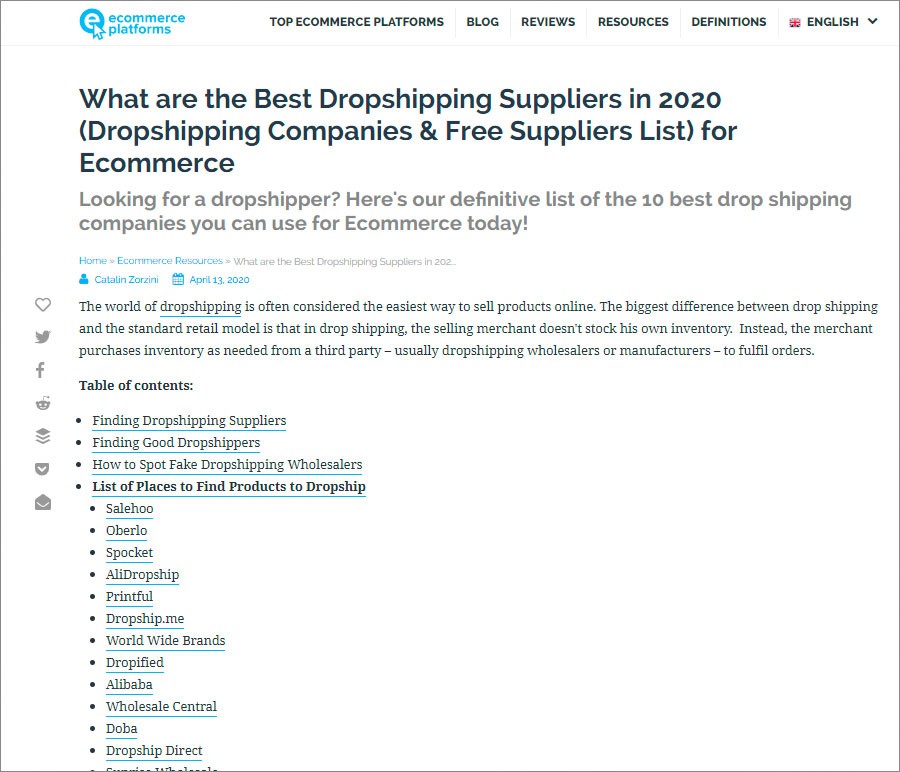
Dropshipping is a viable plan to start. That implies you don’t need to bother about the delivery. The supplier is in charge of that. You receive orders and keep a percentage. You pass on the order and the agreed price to the supplier.
- Formulate your Plan B. You may never need it, but it is good practice to have one. If your supply and/or delivery partners fail, you need to be prepared to keep your business going.
Remember that for the dropshipping model, diverse products and supplier base works best.
- While you are at it, read up a bit on online business models. Don’t study the e-commerce giants. Look for other e-commerce businesses that have been around for a while. Try and gather information on:
- One product category or diverse? Which model is doing better?
- Dropshipping or direct supply? Which is performing better?
- What payment options are they offering?
- Which social media channels are they using to advertise their products?
- Don’t miss checking out the Facebook library. You have no idea the kind of insights you can get.
Step One Contains A Lot
This is not sequential. You can start taking care of these components even while you complete the preparatory steps.
Set Up Your E-commerce Store
This is one of the easier steps to take. There are several readymade solutions you can access. Each one has its pros and cons. Check them out:
- Shopify: The best e-commerce platform according to many, but we advise you to check out for yourself.
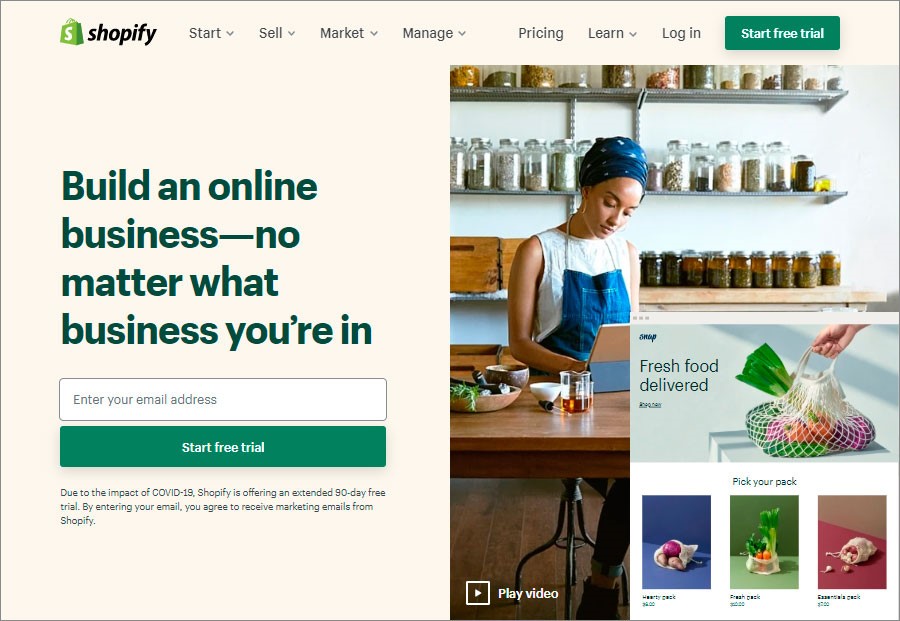
- Big Commerce: Check out for industry-specific choices

- Weebly: Exceptionally good for small businesses, some say.
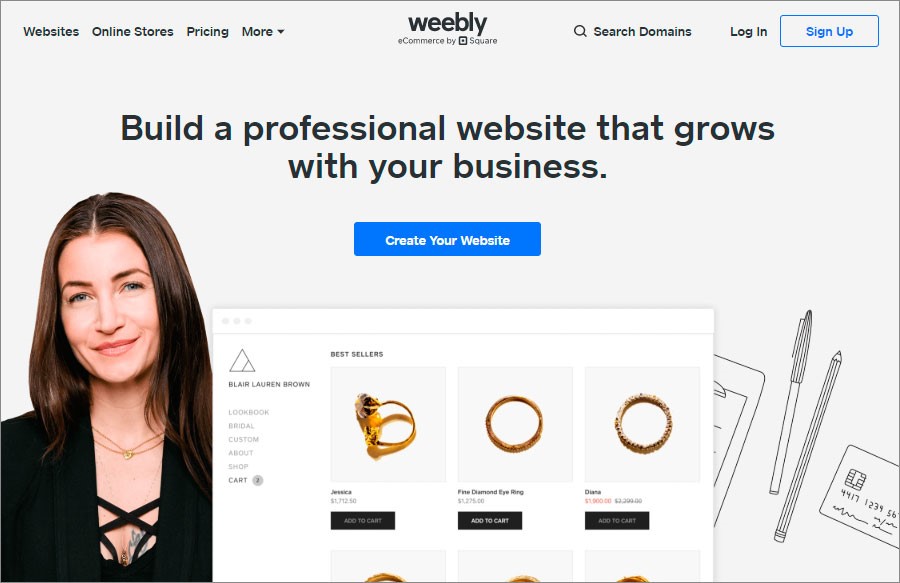
- Magento: One of the best open-source e-commerce platforms, in terms of robustness and features. Check it out.
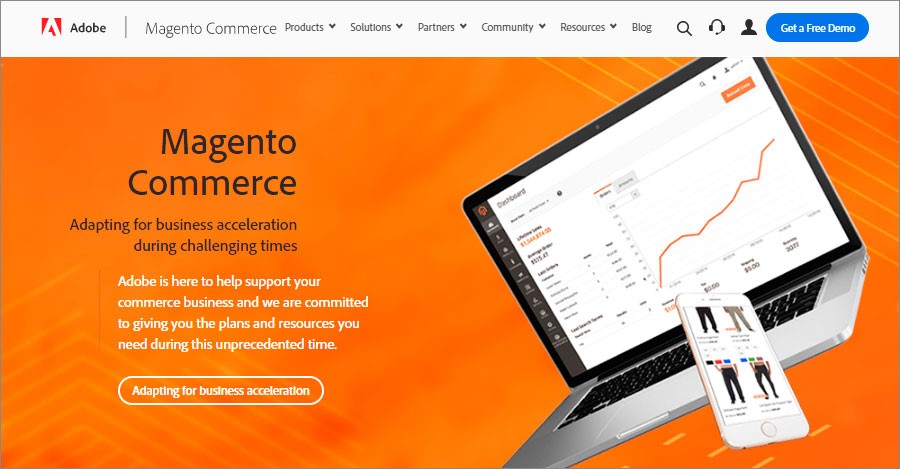
- Wix: One of the simplest to use, say reviews.

Other readymade solutions are also available. This will not be one of your stumbling blocks.
However, when you choose which platform to go with, check for these features beyond the design templates:
- Mobile responsiveness
- Scalability
- Multichannel integration options
- Product, order, and return management systems
- Payment option integration
- SEO friendliness
- Customer support
A word of caution: don’t wait for the perfect storefront. Perfection is a mirage. As human beings we are finite, remember. Launch your e-commerce store even if it doesn’t look perfect to you. You can keep improving it.
Doublecheck Your Product/s and/or Services
You have to wow your customers from the word go. You can improve your storefront later – but not your customer experience. Give your first set of customers the best possible experience.
A critical point to remember in this context is that a customer is a customer. Family members and friends may order once or twice to show solidarity with your venture. If their experience isn’t good, they won’t continue.
On the other hand, if your initial clients enjoy their experience, they will become your unpaid ambassadors. Known to you personally or not – the more you can engage your customers, the better it is for your business, say experts.
Keep Profit in Mind from the Start
If your first sale amounts to US$10 only, make sure that you spend US$9 and keep a dollar for yourself. Unless you calculate your prices this way, you will be starting on the wrong foot.
You may wonder why we are suggesting profit when everyone else seems to suggest coupons and discounts. Offer coupons and discounts by all means. Not without that one dollar for yourself, we say.
Your business strategy will go haywire otherwise. Business is about profits at the end of the day. History shows that it is a poor business practice to start without a focus on that.
Keep Customer Service in Focus

Not getting ready answers to queries is one of the major reasons for cart abandonment. Set up a robust customer response mechanism from the very beginning.
This where your initial research will come in handy. Draw lessons from the responses to that email you had sent out to acquaintances, friends, and family members.
